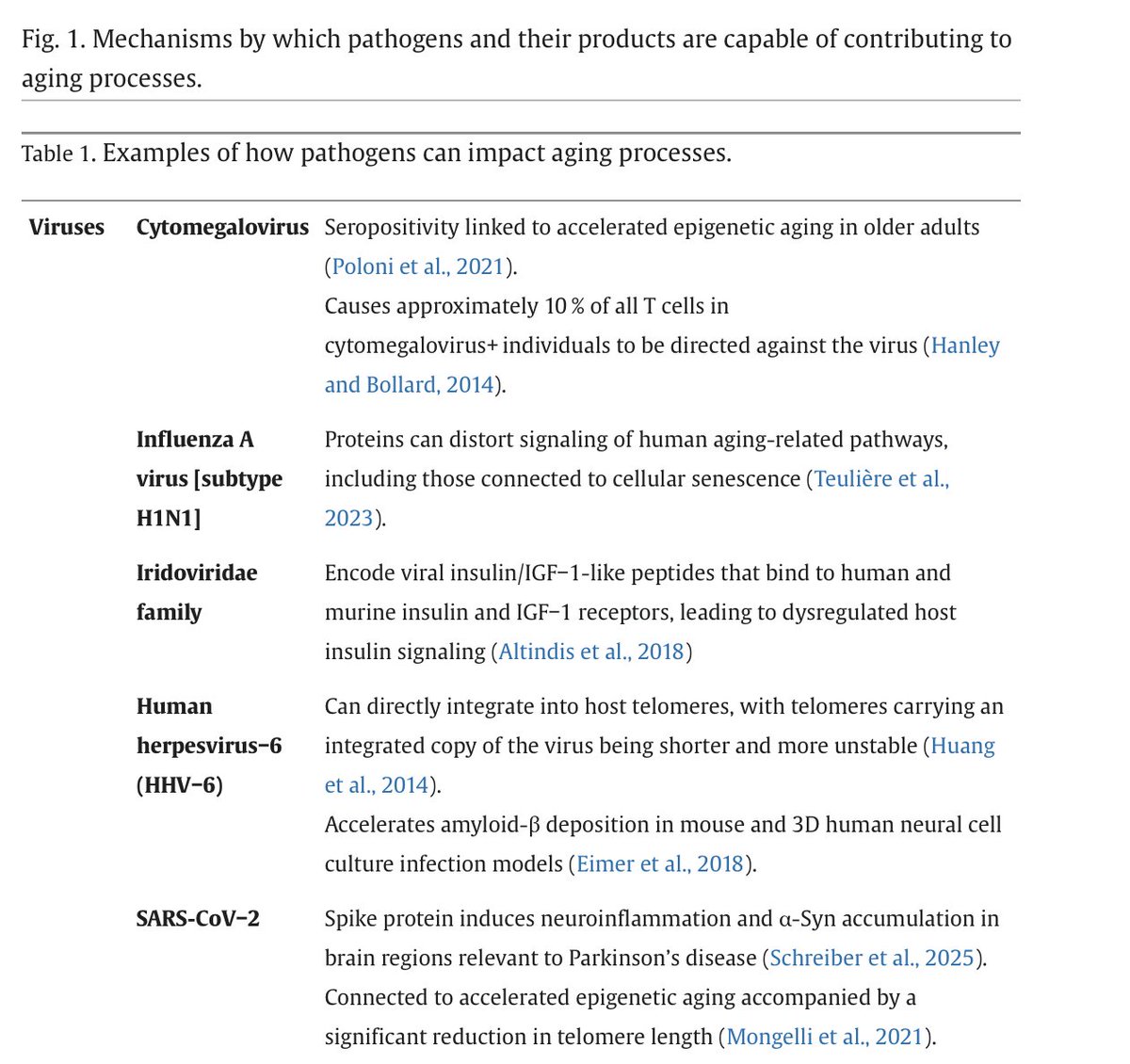Interesting! 👉 This study in mice found that persistent herpes #virus (HSV) activity detected in the brainstem...may primarily result from the transport of reactivated HSV from the trigeminal nerve into the brainstem: jvi.asm.org/content/jvi/ea… 







Context on the study 👉”Investigating HSV reactivation in the #brainstem is a reasonable first step to understanding #HSV pathology in the CNS, since...lesions in the front of the brain, characteristic of Alzheimer’s, may originate from #neurons located in the brainstem.”
But as the team explains, the study of HSV’s activity + reactivation in the central nervous system can inform the study of many #neuroinflammatory conditions (in addition to Alzheimer’s)
• • •
Missing some Tweet in this thread? You can try to
force a refresh








